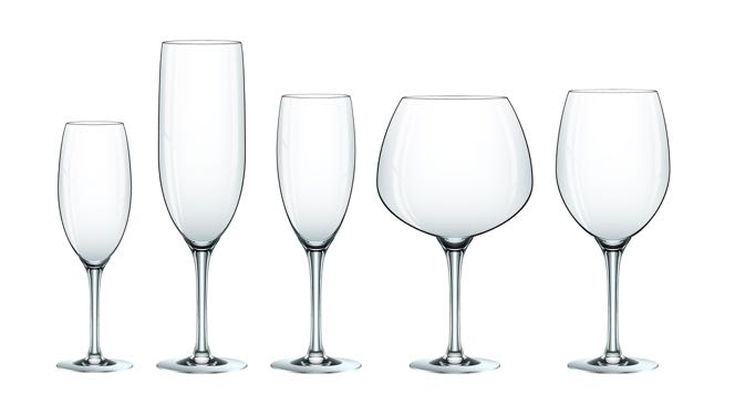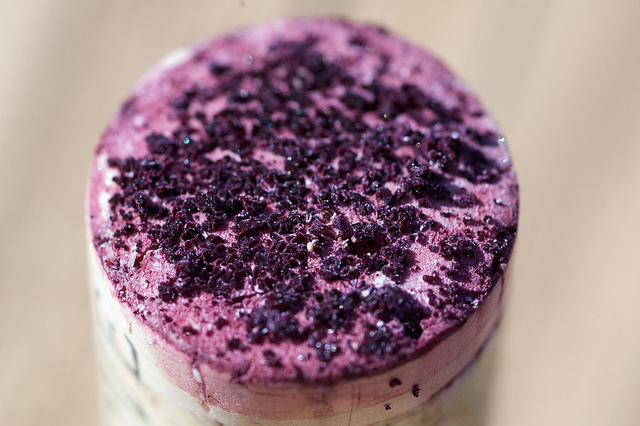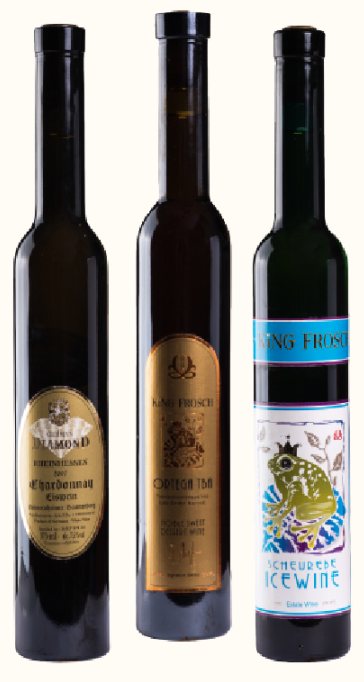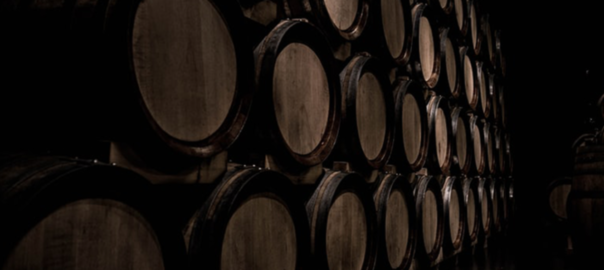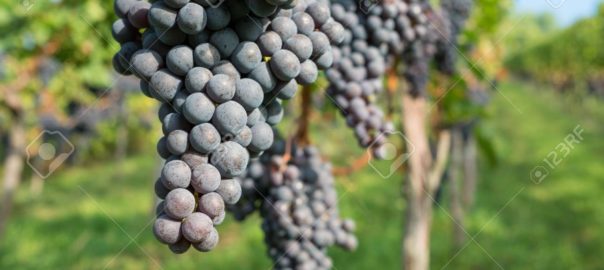There is nothing better than finding a wine that you love- especially one that you can picture yourself enjoying for the foreseeable future. There is nothing worse, however, than opening a bottle of vino you’ve been looking forward to and realizing the colors are muddied, the aromas are foul, and the taste is sharp and sour, like vinegar. The wine you were treasuring is now spoiled for good!
From the moment your new bottles of wine cross your threshold, how you store them plays a critical role in preserving their colors, aromas, flavors, and even lifespan. Follow these three easy steps for storage in order to preserve the wine’s integrity and extend the length of their drinkability.
1. Store corked bottles horizontally.
Bottles of wine are sealed via one of the following seven methods:
1. Agglomerate corks
2. Champagne corks
3. Regular corks
4. Synthetic corks
5. Screw caps
6. Vino-Lok (glass or plastic)
7. Zork
Numbers 4-7 are terrific because they never dry out, change shape, or loosen their seal. As a result, if your bottles are sealed by-way-of numbers 4-7, it does not matter whether they are stored standing vertically or lying down horizontally.
If your wine is sealed with numbers 1, 2, or 3, it is critical that you store the bottle lying down. Storing the cork horizontally allows the liquid to touch the cork, keeping it hydrated. Keeping the cork wet is imperative, as allowing it to dry out weakens the seal on the bottle and allows the introduction of oxygen, which will prematurely oxidize the wine. This will change the color, aroma, and taste profile of the wine, turning it into something which you may no longer enjoy.
2. Try to maintain consistent temperature and humidity.
According to Masterclass, maintaining an appropriate temperature is one of the most critical factors in properly storing a bottle of wine. The ideal temperature varies from wine to wine, but the recommended range stretches from no lower than 25F to no higher than 68F. Anything below and the wine will freeze, and anything above this range may destroy chemical compounds and accelerate the aging process.
Inconsistent humidity also has the potential to negatively affect your wine. Low humidity levels (anything lower than 60 percent) may cause the cork to dry out. As previously mentioned, this can introduce unwanted oxygen into the vessel. High humidity levels (anything above 68 percent) may cause the labels to warp and peel. While this does not chemically affect the wine, peeling labels are less visually pleasing and make it more difficult to sell, if that is something you are interested in in the future.
3. Find a storage place out of direct sunlight.
No matter the length of time you plan on storing your wine, you should always avoid placing it in direct sunlight. The sun’s UV rays excite the wine’s B2 and B5 Vitamins, which then react to naturally occurring amino acids. What results are sulfuric compounds, which absolutely stink! In a green bottle, this process can occur within 18 hours, and it only takes 3 hours for wine to damage in a clear bottle.
Please note, these tips are merely suggestions to help you prolong the lifespan of your wine. If you are looking for the most fool-proof method of storage, invest in a quality wine fridge. For additional. more detailed guidelines, we recommend contacting your wines’ crafters for their expert opinion.







